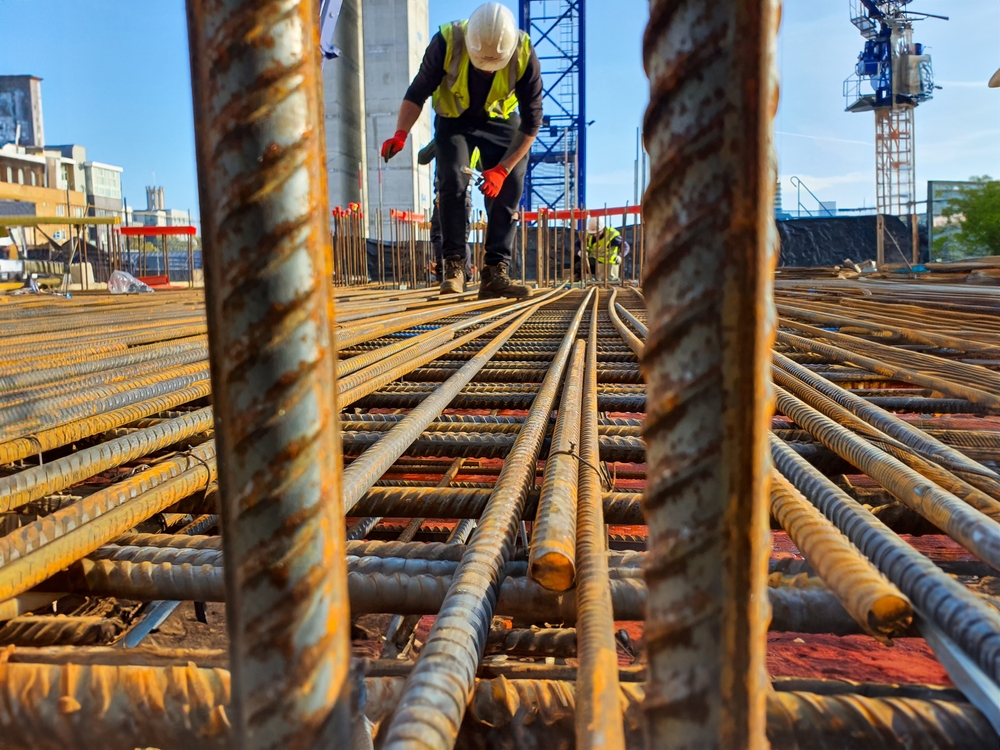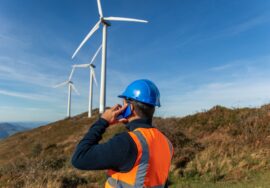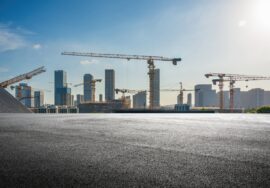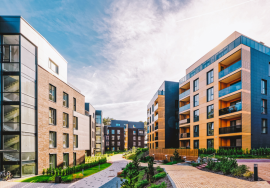The Rise of Green Building Technologies in Real Estate
The Rise of Green Building Technologies in Real Estate

The real estate industry is undergoing a significant transformation as green building technologies become more prevalent. These technologies are driving sustainability, reducing environmental impact, and enhancing the value of properties. As the demand for eco-friendly solutions grows, understanding the rise of green building technologies and their impact on real estate is crucial for both property developers and investors. This blog delves into the key aspects of green building technologies and their role in shaping the future of real estate.
Understanding Green Building Technologies
Green building technologies encompass a range of innovations designed to improve the environmental performance of buildings. These technologies focus on reducing energy consumption, minimizing waste, and enhancing indoor air quality. By integrating these solutions, real estate developers and property managers can create sustainable, efficient, and healthier living and working environments.
Key Green Building Technologies:
1. Energy-Efficient Systems: Energy-efficient systems are at the forefront of green building technologies. These include advanced heating, ventilation, and air conditioning (HVAC) systems, energy-efficient lighting, and smart thermostats. These systems are designed to reduce energy consumption, lower utility bills, and minimize the environmental footprint of buildings. For example, LED lighting consumes less energy than traditional bulbs and has a longer lifespan, contributing to significant energy savings.

2. Renewable Energy Sources: The integration of renewable energy sources, such as solar panels and wind turbines, is a key aspect of green building technologies. Solar panels convert sunlight into electricity, while wind turbines harness wind energy. By incorporating these technologies, buildings can generate their own power, reduce reliance on fossil fuels, and lower greenhouse gas emissions.
3. Sustainable Building Materials: Sustainable building materials are sourced from renewable or recycled resources and have a lower environmental impact compared to conventional materials. Examples include bamboo, recycled steel, and low-VOC (volatile organic compounds) paints. These materials contribute to the overall sustainability of a building by reducing resource depletion and minimizing harmful emissions.
4. Water Efficiency Technologies: Water efficiency technologies focus on reducing water consumption and improving water management within buildings. Low-flow fixtures, water-efficient appliances, and rainwater harvesting systems are examples of technologies that help conserve water and reduce utility costs. Efficient water management not only benefits the environment but also helps address water scarcity issues.
5. Green Roofs and Living Walls: Green roofs and living walls are innovative technologies that incorporate vegetation into building designs. Green roofs involve planting vegetation on building rooftops, while living walls are vertical gardens integrated into building facades. These technologies provide insulation, improve air quality, and enhance the aesthetic appeal of buildings.
Benefits of Green Building Technologies
1. Environmental Impact: Green building technologies significantly reduce the environmental impact of buildings. By lowering energy consumption, minimizing waste, and conserving water, these technologies contribute to a more sustainable and eco-friendly built environment. Reducing reliance on non-renewable resources helps combat climate change and preserve natural resources.
2. Cost Savings: Implementing green building technologies can lead to substantial cost savings over time. Energy-efficient systems and renewable energy sources reduce utility bills, while sustainable materials often have longer lifespans and lower maintenance costs. Additionally, water-efficient technologies help lower water bills and reduce the strain on municipal water systems.
3. Enhanced Property Value: Properties equipped with green building technologies often command higher market values and attract premium rents. Buyers and tenants are increasingly seeking eco-friendly properties that offer lower operating costs and improved environmental performance. Green certifications, such as LEED (Leadership in Energy and Environmental Design), further enhance property value and marketability.
4. Health and Well-being: Green building technologies contribute to improved indoor air quality and occupant health. Low-VOC materials, advanced ventilation systems, and natural lighting create healthier and more comfortable living and working environments. Better indoor air quality reduces the risk of respiratory issues and enhances overall well-being.
5. Regulatory Compliance: Many regions have introduced regulations and incentives to promote green building practices. By adopting green technologies, property developers and owners can comply with these regulations and take advantage of incentives such as tax credits and grants. Staying ahead of regulatory requirements helps ensure long-term compliance and avoids potential penalties.
Case Studies of Green Building Technologies
1. Bosco Verticale, Milan: The Bosco Verticale, or Vertical Forest, is a pioneering example of green building technology. This residential project features living walls and green balconies that provide insulation, improve air quality, and create a visually stunning urban environment. The project has received numerous awards for its innovative design and sustainability.
2. The Edge, Amsterdam: The Edge is renowned for its energy-efficient design and smart building technologies. Equipped with solar panels, advanced HVAC systems, and a comprehensive building management system, The Edge achieves impressive energy savings and sustainability. The building’s green features contribute to its status as one of the most sustainable office buildings in the world.
Conclusion
The rise of green building technologies is transforming the real estate industry by promoting sustainability, reducing environmental impact, and enhancing property value. As these technologies continue to evolve, they will play an increasingly important role in shaping the future of real estate. Embracing green building practices offers numerous benefits, including cost savings, improved health, and compliance with regulations. For property developers and investors, integrating green technologies represents a forward-thinking approach to creating a more sustainable and resilient built environment.
For more insights into green building technologies and their impact on real estate, visit Green Building News and Sustainable Real Estate. To explore how these technologies can benefit your property, contact AMS India.
Read more related articles to enhance your knowledge and make informed decisions
10 Essential Steps in the Building Construction Process
How to Choose the Right Materials for Your Construction Project








